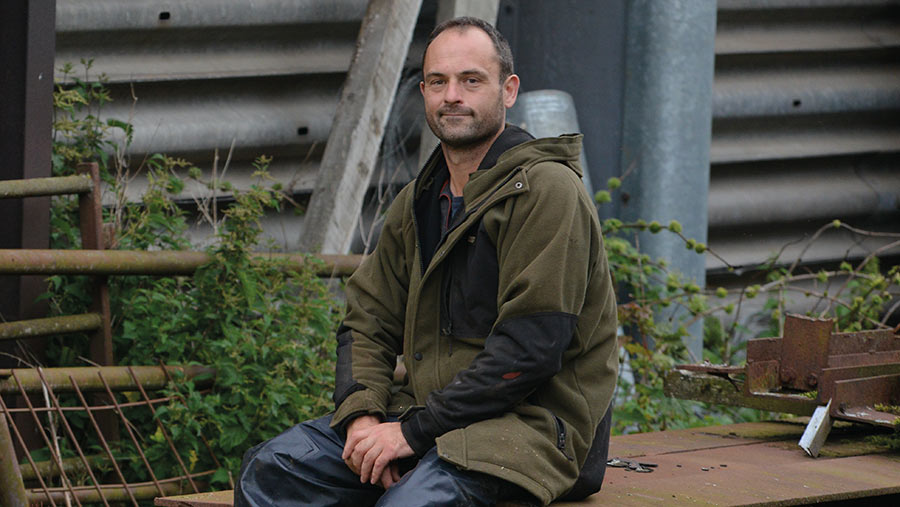Farmer Focus: Frozen house pipes but cattle shed is fine
 David Girvan © Michelle Scott
David Girvan © Michelle Scott Mid-December brought us one of the coldest snaps of weather for a few years. It has been at least five years since we’ve suffered such prolonged, low daytime temperatures.
Thankfully, we managed to escape the worst of the snow, with bright, clear and crisp days.
I always found it frustrating having to give time to thawing out water troughs, so over the years we have invested in our cold weather tolerance.
See also: Video: New entrants harness hills with £106 a cow winter feed cost
The calves are on slats with nipple drinkers to supply clean water. In the past, these drinkers were a big problem.
We now have them all on one continuous loop with a radiator thermostat set on a frost setting.
When the temperature drops, it opens to let water trickle out, enough to keep the pipe from freezing.
With high daytime temperatures of -6C and lows of -12C in the evening, thankfully the system coped fine.
Unfortunately, one of the houses on the farm was not so lucky.
Having spent a few days away from home, one of the tenants had forgotten to top up their electricity meter, resulting in there being no power to heat the outside box that houses the ultraviolet water filtration system.
This resulted in the filters and pipes all freezing and no water in the house, as well as the neighbouring property.
Thankfully, after we spent a morning thawing it out, there has been no lasting damage. A lesson learned.
In many ways, 2022 was a good year. The weather was kind, prices for our stock were good compared with the past few years, and our public events were a success.
The downside is the rise in input costs, making things tough for all industries. Even in the quieter months, the bills are big compared with years gone by.
Unfortunately, the industry still faces the pressure of cheap food.
There is still work to do in educating the consumer on the true value – not just nutritionally – of eating meat, such as the benefits to our communities and the economy.
Hopefully, 2023 will bring with it more clarity in the subsidy system, and a step forward in convincing the public that UK produce is best.

